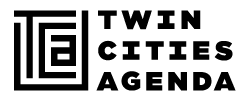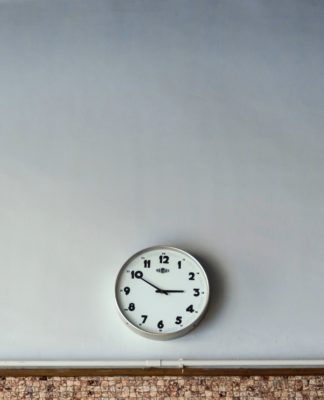
We spend a lot of the waking hours of our lives at work. On average you will spend between 90,000 and 125,000 hours over the course of your lifetime working. And not to depress you further, but study after study has shown America is one of the most overworked developed nations in the world. In fact, one study revealed Americans take less vacation than medieval peasants.
Cool.
With the 40+ hour workweek, less vacation, and the pressure to perform, it’s no surprise that many workers struggle with job satisfaction. And since it doesn’t seem likely that the entire American work structure will change overnight, in the interim there are a few changes within your power that you can make to increase your own happiness, engagement, and satisfaction on the job.
Design Your Life
In the book Designing Your Life, authors Bill Burnett and Dave Evans — both Silicon Valley innovators and Stanford University educators — address a recurring dilemma prevalent among many of us and especially those right out of school: What do you want to do with your life?
And so Burnett and Evans created the Designing Your Life course for their students at Stanford and because of its incredible success, decided to write a book to share and help others who are also struggling. While I recommend reading the book in full, I cherry-picked one of the easy yet effective exercises to help start you off in designing a life you are actually excited about.
This exercise is called the “Good Time Journal.”
In its simplest terms, the Good Time Journal is a tool to help you discover what brings you enjoyment and fulfillment. In this exercise, for three weeks at the end of every workday, write down when during the day you felt bored, restless, or unhappy and what exactly you were doing at those times. Also write down when you felt excited, focused, and were having a good time while again noting what specifically you were doing at those times. The third component to the Good Time Journal is tracking your energy. When throughout the day and what tasks energized you? What activities drained your energy leaving you exhausted?
Congratulations. You have just created your Good Time Journal. Now, what do you do with this information?
Find the patterns of when you’re disengaged with work and feeling restless or unhappy. Maybe you feel your blood pressure rising whenever you have to work with clients or perhaps you dread scheduling or creating budget reports. On the flip side, find patterns in what engages you and creates a state of flow. Perhaps this is when you’re working on a challenging problem or when you get to take lead on a project. Additionally, pay attention to what gives you energy and what sucks the life right out of you.
When you discover what tasks make you feel engaged and energized try to restructure your day where you can immerse yourself in those activities more often. If possible perhaps attempt to delegate or automate some of the more unenjoyable and disengaging tasks. Go so far as to have a conversation with your boss to ask for more flexibility and more responsibility in tasks that you love doing. While that can be difficult and challenging in some jobs, if it’s impossible to get rid of the energy-sucking tasks entirely, try to organize your day where after you complete a less pleasant assignment, you reward yourself by engaging in one of the tasks that does bring joy and fulfillment.
The Good Time Journal exercise creates a personalized compass and direction to help you find your way. Another way Burnett and Evans describes this concept is wayfinding: “The ancient art of figuring out where you are going when you don’t actually know your destination.”
Indeed, the Good Time Journal exercise benefits you whether you stay in the job you currently have or if you’re on the market looking for a new job. By understanding what activities bring you more energy and satisfaction, you can build and design your way forward to a more satisfied and happy life.
Some people are lucky and know exactly the path they want to take in life. Unfortunately, that certainty is relatively rare and most of us are saddled with the overwhelming task of deciding what to do with our life. The Good Time Journal can help jumpstart designing a life and creating a job that you actually enjoy and maybe even love.
Bonus Tip: TAKE VACATION! It’s a simple concept but one that people rarely do in practice. Take time away from work to rejuvenate and recharge especially if you’re in job that you don’t find particularly fulfilling.
Read next: Why you should be keeping a Commonplace Book
















